
You will likely remember the (somewhat) recent restoration of Ecce Homo in Spain that resulted in a rather different representation of Jesus in the newly finished product. It quickly became a meme and has since been circulated widely on the internet. It came to mind after seeing this following video about art restoration. Take a look:
The video takes us through the process of the restoration of Mother Mary to demonstrate the ways in which art is maintained to last. But as I was watching the video, I began to wonder when restorations are considered to be good and necessary and when they are considered to be destructive. As shown in the video, much care is taken with the restoration process — every detail attended to with great care. While the finished restoration of Mother Mary is, to the casual observer, far more similar than that of Ecce Homo to the worn image we see in the beginning of the video, are the restorations of the two all that different, practically speaking? Continue reading “A Good Fake or a Bad Fake?”

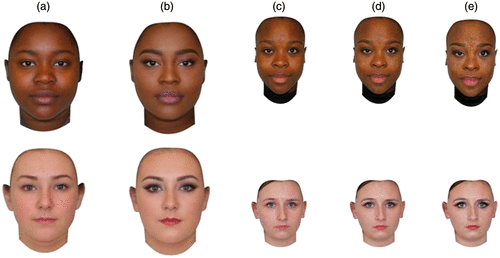

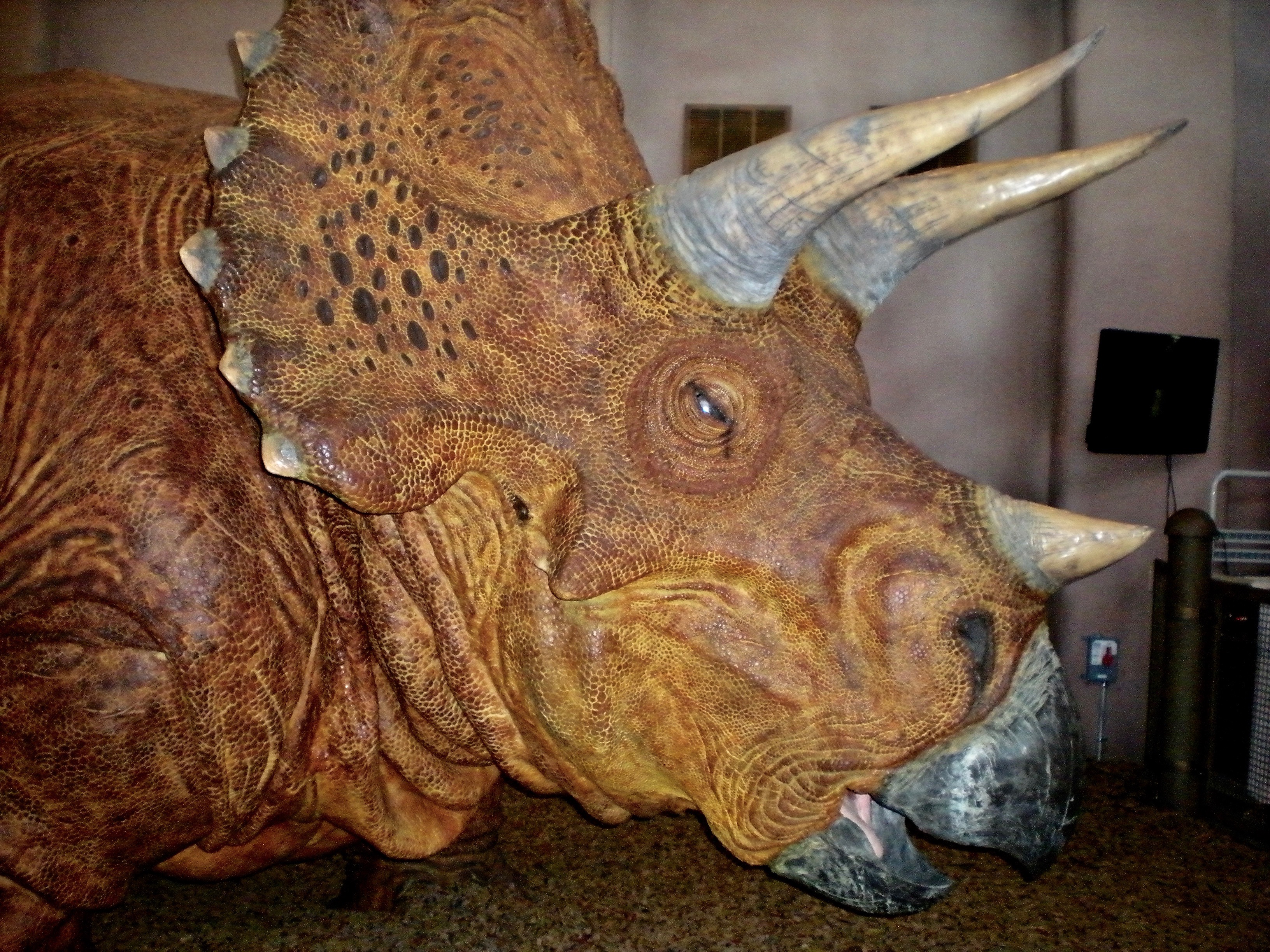 Photo of Animated Triceratops at Universal’s Island of Adventures, Orlando, FL
Photo of Animated Triceratops at Universal’s Island of Adventures, Orlando, FL Photo Copyright Universal Studios, Film Stills: Jurassic Park (1993)
Photo Copyright Universal Studios, Film Stills: Jurassic Park (1993)
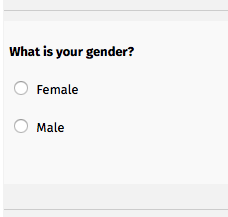
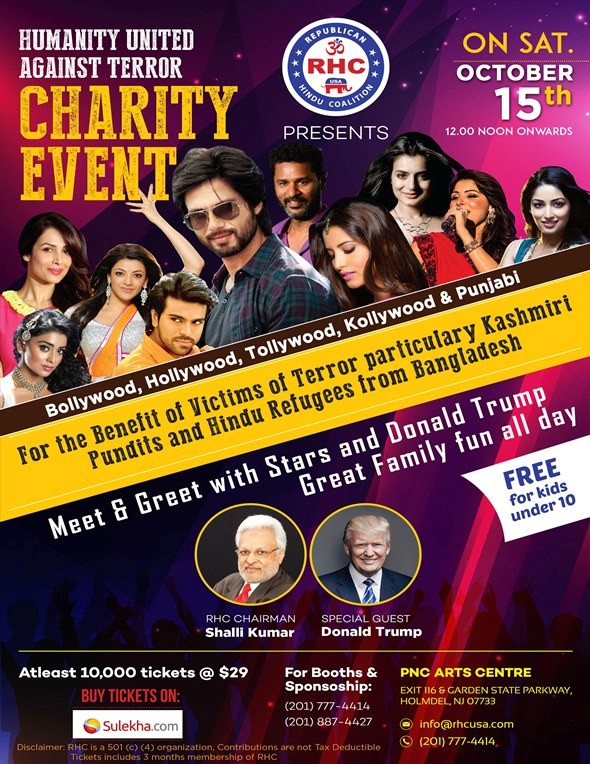 A New Jersey fundraiser last weekend titled “Humanity United Against Terror” provides an excellent example of one of the tricks of building cooperation. The Republican Hindu Coalition organized the event that featured Bollywood stars and an address by Donald Trump. The event had a range of
A New Jersey fundraiser last weekend titled “Humanity United Against Terror” provides an excellent example of one of the tricks of building cooperation. The Republican Hindu Coalition organized the event that featured Bollywood stars and an address by Donald Trump. The event had a range of 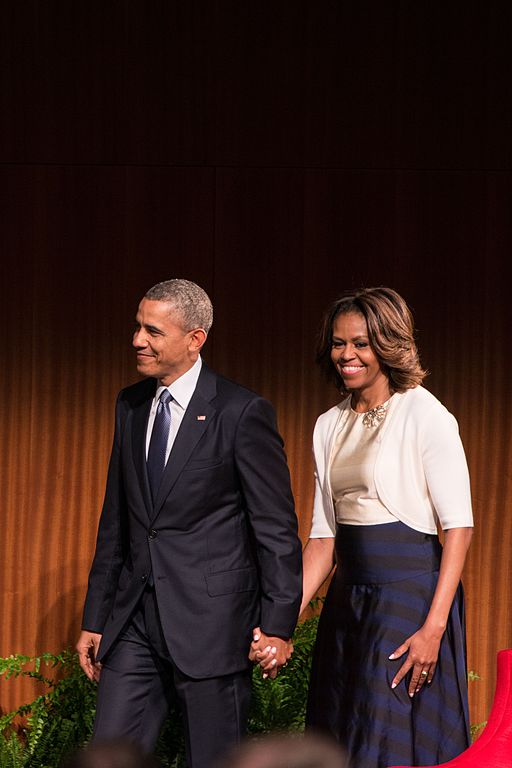 The recent selection of Miss World Japan has created a stir. The BBC headline “
The recent selection of Miss World Japan has created a stir. The BBC headline “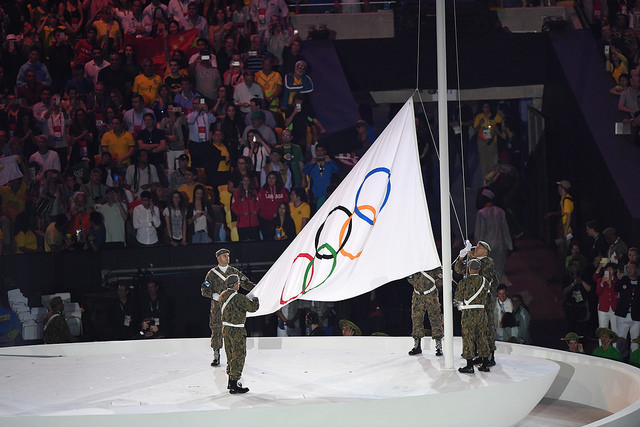
 Sitting in a hotel meeting room in downtown Atlanta the weekend before Thanksgiving, I watched a professor ask one of my colleagues if the Civil War really happened. This question reflected an effort to challenge the approach that sees scholars and language creating the world. (For an example of this approach to history, see Vaia Touna’s posts
Sitting in a hotel meeting room in downtown Atlanta the weekend before Thanksgiving, I watched a professor ask one of my colleagues if the Civil War really happened. This question reflected an effort to challenge the approach that sees scholars and language creating the world. (For an example of this approach to history, see Vaia Touna’s posts